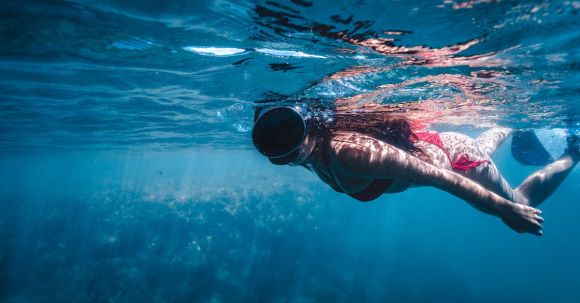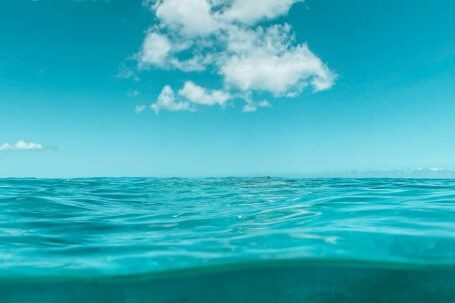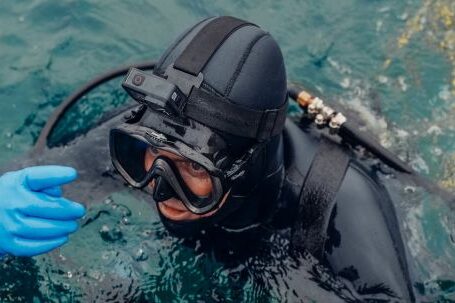When it comes to scuba diving, mastering buoyancy control is essential for a smooth and enjoyable underwater experience. Proper buoyancy control allows divers to effortlessly glide through the water, conserve energy, and protect delicate marine ecosystems. In this article, we will explore some helpful tips to ensure you dive with ease and maintain optimal buoyancy control.
Understanding Buoyancy
Before we dive into the tips, let’s start by understanding the concept of buoyancy. Buoyancy is the force that allows objects to float in a fluid, such as water. In scuba diving, divers use buoyancy control devices (BCDs) to regulate their buoyancy underwater. By adjusting the amount of air in the BCD, divers can achieve neutral buoyancy, where they neither sink nor float.
Mastering Proper Weighting
One of the key factors in achieving proper buoyancy control is ensuring you are correctly weighted. Being overweighted can make it challenging to stay at a desired depth, while being underweighted may cause you to float uncontrollably. To determine the right amount of weight, conduct a buoyancy check at the beginning of your dive. This involves floating at eye level with a nearly empty BCD and taking a slow, relaxed breath. If you float at eye level, you are correctly weighted. If you sink, you are overweighted, and if you rise, you are underweighted.
Fine-Tuning Your Buoyancy
Once you have determined the right amount of weight, it’s time to fine-tune your buoyancy. Start by adding small bursts of air to your BCD to ascend slightly and release air to descend. Practice controlling your buoyancy in shallow water before attempting it in deeper waters. By mastering this skill, you will be able to maintain your desired depth effortlessly and avoid damaging the underwater environment.
Using Proper Breathing Techniques
Breathing plays a crucial role in buoyancy control. Taking slow, deep breaths helps you maintain a steady buoyancy by minimizing abrupt changes in lung volume. Practice controlling your buoyancy by breathing in slowly to ascend and breathing out slowly to descend. Remember to never hold your breath while scuba diving as it can lead to dangerous lung overexpansion injuries.
Streamlining Your Equipment
Another tip for optimal buoyancy control is to streamline your equipment. Bulky and dangling gear can create unnecessary drag, making it difficult to maintain buoyancy. Ensure that your hoses, gauges, and accessories are properly secured and streamlined against your body. This will not only improve your buoyancy control but also enhance your overall diving experience.
Maintaining Neutral Buoyancy
Neutral buoyancy is the ultimate goal for scuba divers. It allows you to effortlessly hover in the water without sinking or floating. To achieve neutral buoyancy, practice making small adjustments to your BCD and breathing rate. Slowly release small amounts of air or inhale slightly to find that perfect balance. With time and practice, maintaining neutral buoyancy will become second nature.
Protecting the Underwater Environment
Lastly, it’s essential to remember that buoyancy control is not just for your benefit but also for the protection of the underwater environment. Maintaining proper buoyancy helps prevent accidental contact with delicate coral reefs, seagrass beds, and marine life. By being mindful of your surroundings and practicing responsible diving techniques, you can contribute to the preservation of these fragile ecosystems.
In conclusion, mastering buoyancy control is vital for a successful and enjoyable diving experience. Proper weighting, fine-tuning your buoyancy, using proper breathing techniques, streamlining your equipment, and maintaining neutral buoyancy are key elements to dive with ease. By implementing these tips and practicing responsible diving, you can explore the underwater world with grace and respect for marine life. So, get ready to dive in and experience the wonders of the ocean with optimal buoyancy control!





